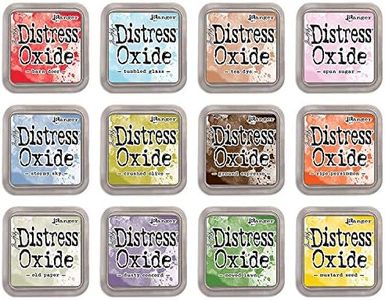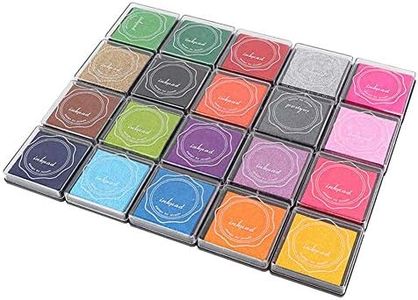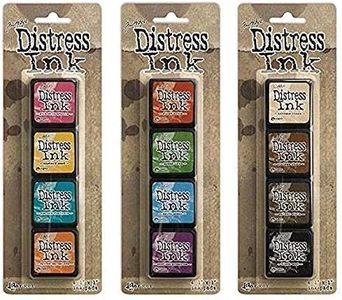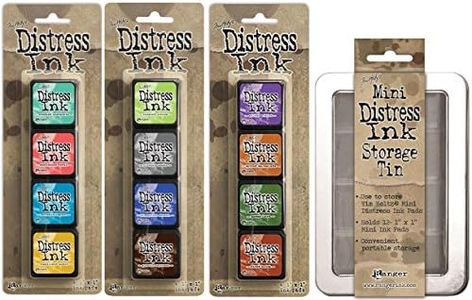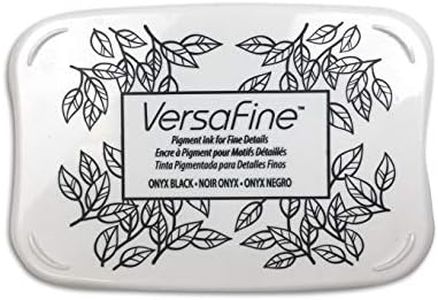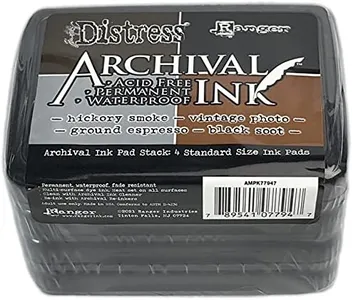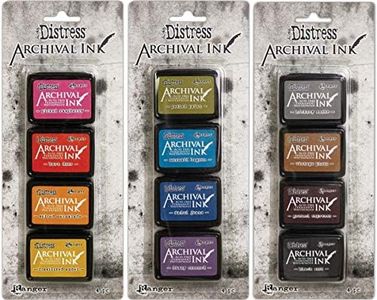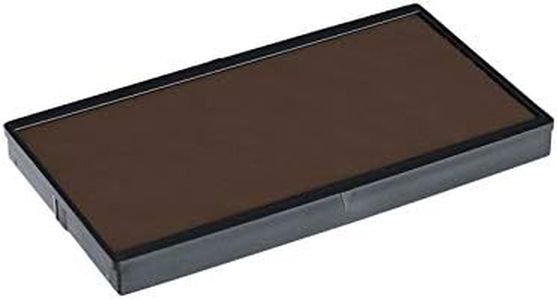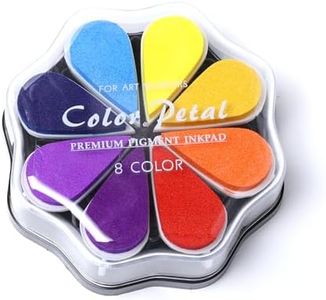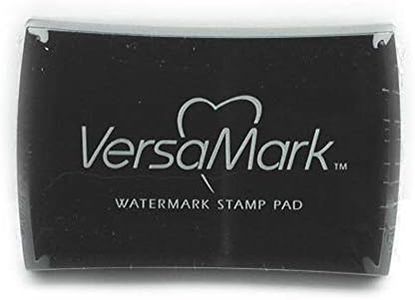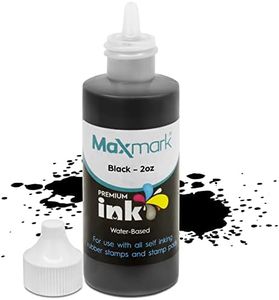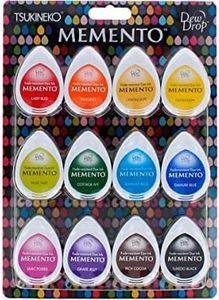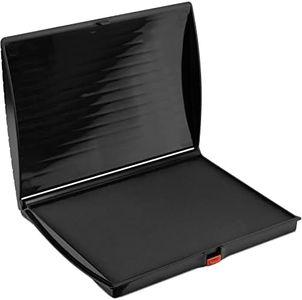We Use CookiesWe use cookies to enhance the security, performance,
functionality and for analytical and promotional activities. By continuing to browse this site you
are agreeing to our privacy policy
10 Best Stamping Ink Pads
From leading brands and best sellers available on the web.Buying Guide for the Best Stamping Ink Pads
Choosing the right stamping ink pad can make a big difference in the results of your stamping projects, whether you're making cards, scrapbooking, or just crafting for fun. The right ink pad enhances the details of your stamps and ensures your artwork looks crisp, clean, and vivid. It's important to understand how different ink pad features affect performance so you can select one that fits your needs and the types of projects you enjoy most.Ink TypeThe type of ink used in a stamp pad determines its drying time, surface compatibility, and longevity. The most common types are dye-based, pigment-based, and solvent-based inks. Dye inks are absorbed quickly and dry fast, making them good for paper but less vibrant. Pigment inks are thicker, stay on the surface, and are great for embossing and more vibrant colors. Solvent inks work on non-porous surfaces like glass or metal and are permanent and waterproof. To pick the right ink, think about your projects: for everyday paper crafting, dye or pigment is usually best, but for stamping on slick or unusual surfaces, solvent ink is the way to go.
Pad SizeThe size of the ink pad affects what stamps you can use and how convenient inking becomes. Small or mini pads are great for tiny stamps or detailed work and are easy to store, while larger pads suit big stamps and make coverage faster and more even. Consider the size of the stamps you use most often; if you work with a variety, a medium or large pad offers the most flexibility.
Color SelectionInk pads come in a huge range of colors, from single pads to multi-color sets. Color matters for the look and feel of your final piece. If you're starting out, a black pad offers clear, versatile impressions, while colored pads help highlight or theme your artwork. Choose colors that match your general style or the project theme—you can always add more colors as your collection grows.
Drying TimeHow fast the ink dries is important for both workflow and results. Quick-drying inks are less likely to smudge, making them perfect for fast projects or layering colors. Slower-drying inks let you do special techniques like embossing or blending, but you need to allow extra time before handling. Think about whether you prefer quick results or want to experiment with advanced techniques when considering drying time.
ReinkabilitySome ink pads can be refilled with matching ink, extending their life and saving money. Others are single-use and must be replaced when they dry up. If you stamp often or use a favorite color regularly, reinkable pads are a practical choice, letting you keep your colors fresh without buying a whole new pad.
Fade ResistanceThe ability of the ink to resist fading over time matters if you want your projects to last, especially for keepsakes or items that will be displayed. Fade-resistant or archival inks are designed to stay bright and clear, even when exposed to light. Consider this spec if you're making things you want to endure, like photo albums or artwork for display.
Surface CompatibilityNot all inks work well on every surface. Some pads are designed just for paper, while others can be used on fabric, wood, metal, or plastic. Before buying, check if the ink pad is suitable for what you want to stamp on. If you like trying new materials, look for a pad labeled as multi-surface or universal.
